1. Gibson GJ, Pride NB, Davis JN, Loh LC. Pulmonary mechanics in patients with respiratory muscle weakness. Am Rev Respir Dis. 1977; 115:389–395.
2. Griggs RC, Donohoe KM, Utell MJ, Goldblatt D, Moxley RT 3rd. Evaluation of pulmonary function in neuromuscular disease. Arch Neurol. 1981; 38:9–12.
3. Lynn DJ, Woda RP, Mendell JR. Respiratory dysfunction in muscular dystrophy and other myopathies. Clin Chest Med. 1994; 15:661–674.
4. Schramm CM. Current concepts of respiratory complications of neuromuscular disease in children. Curr Opin Pediatr. 2000; 12:203–207.
5. Smith PE, Calverley PM, Edwards RH, Evans GA, Campbell EJ. Practical problems in the respiratory care of patients with muscular dystrophy. N Engl J Med. 1987; 316:1197–1205.
6. Kang SW, Park JH, Ryu HH, Kang YS, Moon JH. Non-invasive mechanical ventilator care for the patients with advanced neuromuscular disease. J Korean Acad Rehabil Med. 2004; 28:71–77.
7. Misuri G, Lanini B, Gigliotti F, Iandelli I, Pizzi A, Bertolini MG, Scano G. Mechanism of CO2 retention in patients with neuromuscular disease. Chest. 2000; 117:447–453.
8. Kim DH, Kang SW, Kim W, Lee SC, Yoo TW, Moon JH. Follow up Survey of Non-invasive intermittent positive pressure ventilatory support in patients with neuromuscular diseases. J Korean Acad Rehabil Med. 2007; 31:427–433.
9. Kim DH, Kang SW, Choi W, Moon JH, Baek JH, Choi SH, Park JH, Shin YB, Seo JH. A research on the management of ventilatory insufficiency in patients with neuromuscular diseases. J Korean Acad Rehabil Med. 2010; 34:347–354.
10. Simonds AK, Muntoni F, Heather S, Fielding S. Impact of nasal ventilation on survival in hypercapnic Duchenne muscular dystrophy. Thorax. 1998; 53:949–952.
11. Bach JR, Alba AS. Management of chronic alveolar hypoventilation by nasal ventilation. Chest. 1990; 97:52–57.
12. Bach JR. Amyotrophic lateral sclerosis: predictors for prolongation of life by noninvasive respiratory aids. Arch Phys Med Rehabil. 1995; 76:828–832.
13. Kim JY, Min Y, Kim MS, Kim JS, Kim HL, Shin HI. A survey of respiratory care in amyotrophic lateral sclerosis patients using non-invasive ventilatory support. J Korean Acad Rehabil Med. 2010; 34:49–53.
14. Rose L, McKim DA, Katz SL, Leasa D, Nonoyama M, Pedersen C, Goldstein RS, Road JD, Amin R, Avendano M, et al. Home mechanical ventilation in Canada: a national survey. Respir Care. 2015; 60:695–704.
15. Kang SW, Bach JR. Maximum insufflation capacity. Chest. 2000; 118:61–65.
16. Kang SW, Cho DH, Lee SC, Moon JH, Park YG, Song NK, Lee SH. Clinical implication of air stacking exercise in patients with neuromuscular diseases. J Korean Acad Rehabil Med. 2007; 31:346–350.
17. Simonds AK, Elliott MW. Outcome of domiciliary nasal intermittent positive pressure ventilation in restrictive and obstructive disorders. Thorax. 1995; 50:604–609.
18. Lloyd-Owen SJ, Donaldson GC, Ambrosino N, Escarabill J, Farre R, Fauroux B, Robert D, Schoenhofer B, Simonds AK, Wedzicha JA. Patterns of home mechanical ventilation use in Europe: results from the Eurovent survey. Eur Respir J. 2005; 25:1025–1031.
19. Garner DJ, Berlowitz DJ, Douglas J, Harkness N, Howard M, McArdle N, Naughton MT, Neill A, Piper A, Yeo A, et al. Home mechanical ventilation in Australia and New Zealand. Eur Respir J. 2013; 41:39–45.
20. Bach JR, Bianchi C, Aufiero E. Oximetry and indications for tracheotomy for amyotrophic lateral sclerosis. Chest. 2004; 126:1502–1507.
21. Sancho J, Servera E, Díaz J, Marín J. Efficacy of mechanical insufflation-exsufflation in medically stable patients with amyotrophic lateral sclerosis. Chest. 2004; 125:1400–1405.
22. Cheng G, Bach JR. Avoidance of tracheostomy in patients with neuromuscular disease. Chron Respir Dis. 2008; 5:243.
23. Soudon P, Steens M, Toussaint M. A comparison of invasive versus noninvasive full-time mechanical ventilation in Duchenne muscular dystrophy. Chron Respir Dis. 2008; 5:87–93.
24. Nauffal D, Doménech R, Martínez García MA, Compte L, Macián V, Perpiñá M. Noninvasive positive pressure home ventilation in restrictive disorders: outcome and impact on health-related quality of life. Respir Med. 2002; 96:777–783.
25. Radunovic A, Annane D, Rafiq MK, Mustfa N. Mechanical ventilation for amyotrophic lateral sclerosis/motor neuron disease. Cochrane Database Syst Rev. 2013; 3:CD004427.



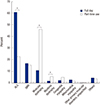

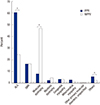




 PDF
PDF ePub
ePub Citation
Citation Print
Print



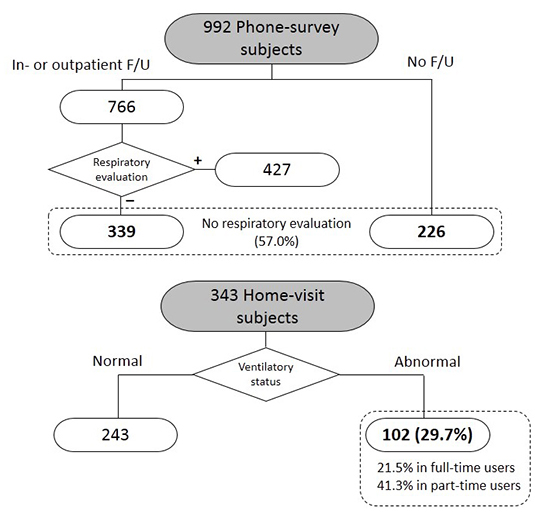


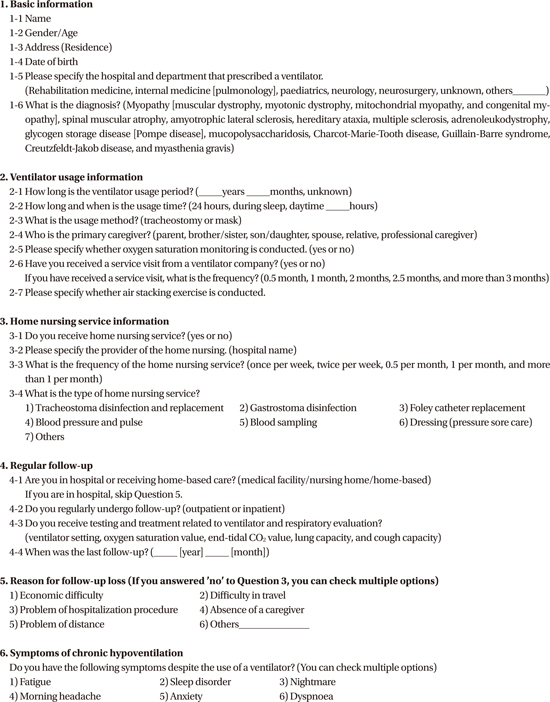
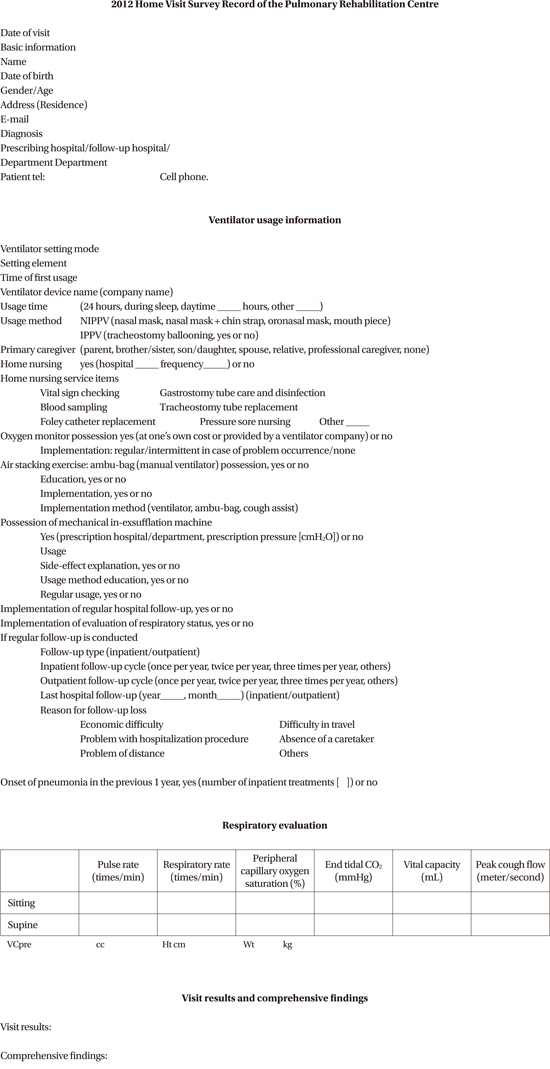
 XML Download
XML Download